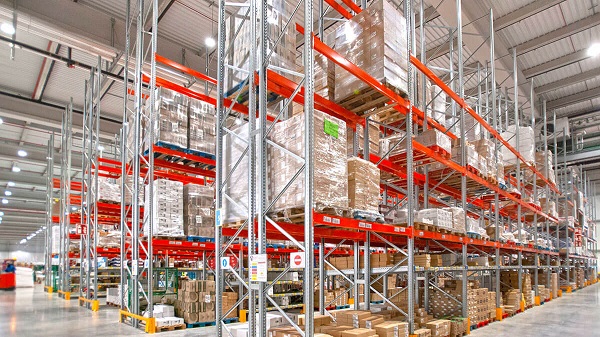In the ever-evolving landscape of warehousing and logistics, the design of storage systems plays a crucial role in maximizing efficiency and minimizing costs.
Among various storage solutions, rack systems stand out for their versatility and adaptability. This article delves into cost-effective rack design strategies that can enhance storage capacity while reducing operational costs.
Understanding the Basics of Rack Design
Rack systems are essential for organizing products, improving accessibility, and maximizing vertical space. However, an effective rack design goes beyond simply stacking goods. Key factors to consider include:
- Types of Racking Systems: Various racking systems are available, each suited for different types of inventory. Common options include selective racks, drive-in racks, push-back racks, and pallet flow racks. Choosing the right system based on inventory type and turnover rate is critical.
- Space Utilization: Maximizing vertical and horizontal space is key. A well-designed warehouse layout considers aisle widths, shelf heights, and load capacities to ensure optimal use of available space.
- Accessibility and Safety: While maximizing storage is important, accessibility must not be compromised. Employees should easily retrieve items without risking safety or damaging products.
Strategies for Cost-Effective Rack Design
1. Assessing Inventory Needs
Before designing a racking system, conduct a thorough analysis of your inventory. Understand the following:
- Turnover Rates: Identify fast-moving and slow-moving items. Fast-moving products should be placed in easily accessible locations, while slower-moving items can occupy less accessible spaces.
- Product Dimensions: Measure the size and weight of products to ensure the racking system can accommodate them without compromising safety.
2. Selecting the Right Racking System
Choosing the right racking system can significantly impact storage capacity and costs. Consider the following:
- Selective Racks: Ideal for warehouses with a diverse range of products. They provide direct access to all pallets but may require more aisle space.
- Drive-In/Drive-Through Racks: Efficient for high-density storage of similar products. They utilize space effectively but require careful inventory management to avoid difficulties in retrieving older stock.
- Push-Back and Pallet Flow Racks: These systems allow for high-density storage while maintaining easy access to products. They are particularly effective for products with a first-in, first-out (FIFO) inventory approach.
3. Maximizing Vertical Space
One of the most cost-effective ways to enhance storage capacity is by utilizing vertical space. Techniques include:
- Higher Racks: Installing taller racks can significantly increase storage capacity. However, consider the height limitations of your warehouse and ensure that lifting equipment can safely reach the top shelves.
- Mezzanine Floors: Adding a mezzanine can create additional storage space without expanding the warehouse footprint. This solution is particularly effective for non-palletized items.
4. Designing Flexible Systems
Flexibility in rack design can lead to long-term cost savings. Consider the following:
- Modular Racking Systems: These systems can be adjusted as inventory needs change. This adaptability can save costs in the long run by reducing the need for extensive renovations or new equipment.
- Adjustable Shelving: Using adjustable shelves allows for quick modifications to accommodate different product sizes and shapes.
5. Implementing Technology
Incorporating technology into rack design can enhance efficiency and reduce costs:
- Warehouse Management Systems (WMS): A robust WMS can optimize storage locations and improve inventory tracking, leading to reduced labor costs and increased accuracy.
- Automated Storage and Retrieval Systems (AS/RS): These systems can significantly enhance storage efficiency and reduce labor costs, though initial investments can be high.
6. Prioritizing Safety
A cost-effective rack design must also prioritize safety. Consider the following:
- Load Capacity Ratings: Ensure that racks are designed to support the intended load without risking structural integrity.
- Regular Inspections: Implementing a routine inspection schedule helps identify potential hazards before they lead to accidents or costly damage.
7. Training and Staff Development
Investing in employee training can lead to more effective use of the rack system:
- Safety Training: Ensure that employees understand the importance of safety protocols when handling products.
- Efficiency Training: Teach staff best practices for inventory management and retrieval to minimize time spent searching for items.
Conclusion
Cost-effective rack design is a multifaceted approach that combines careful planning, strategic selection of racking systems, and the incorporation of technology.
By assessing inventory needs, maximizing vertical space, and ensuring flexibility, warehouses can enhance storage capacity while keeping operational costs low.
Prioritizing safety and investing in staff training further contribute to a more efficient and cost-effective warehousing operation. As the demand for efficient logistics solutions continues to rise, the importance of thoughtful rack design will only grow.
Also Read
Best Practices in Material Handling for Industrial Settings
Sustainable viation in Africa: Reducing carbon footprints and enhancing efficiency

